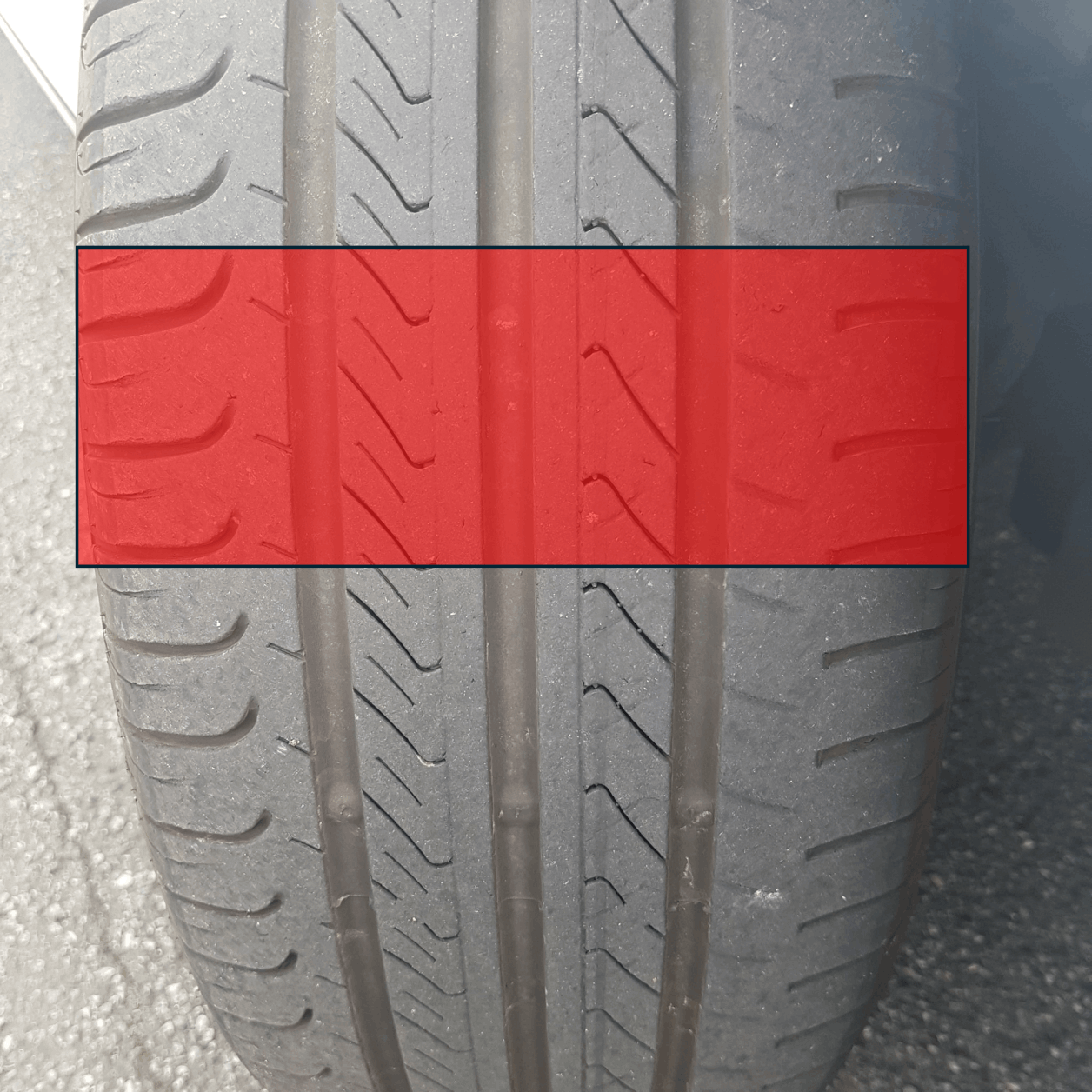

The only items that keep your car in contact with the road surface is your tyres.
When you brake, the balance of the car is affected.
When you accelerate, the balance of the car is affected.
When you corner, the balance of the car is affected.
If you are cornering and accelerating, the balance of the car is multiplied in its reduced contact with the road
and the same can be said when you are cornering and braking.
If you think about the actual size of your tyres, the only part on them that is in contact with the road is the very base of them.
In reality, for a standard type family car, that actual size is probably only the size of an adults hand per tyre.


Only a very small section of your tyres are in contact with the road at any given time.
These are the only things that are keeping your car on the road.
Poor condition tyres, reduced tyre tread, weather conditions, road surface, speed, and balance of the car can all affect how long you remain in control of the car.